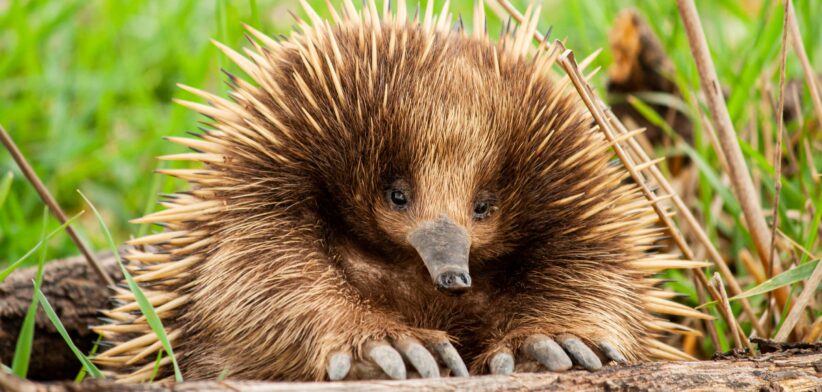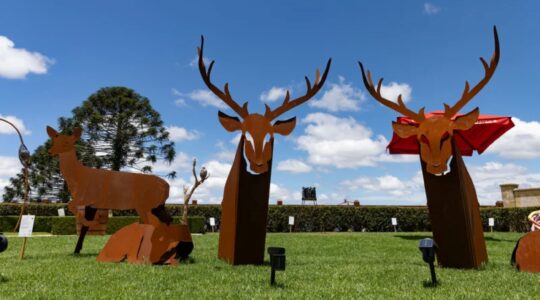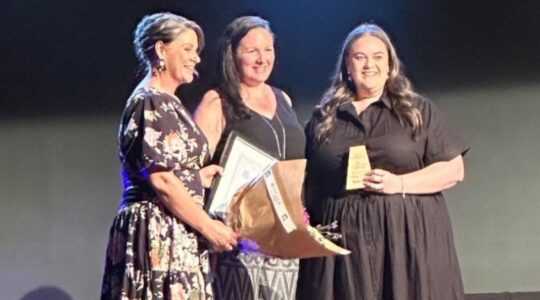One of Australia’s most bizarre type animals have just become a little stranger.
Research led by UNSW Sydney has shone new light on the evolution of echidnas and platypuses.
Study lead author and palaeontologist Suzanne Hand said, until now, the accepted understanding about these egg-laying monotremes, among the most unusual mammals on the planet, was that they were both descended from a land-bound ancestor, with the platypus becoming semiaquatic and the echidna staying on the land.
However, Professor Hand said a small bone found in a Victorian cove 30 years ago was set to upend that theory.
She said recent analysis of the bone suggested echidnas and platypuses evolved from a water-dwelling ancestor.
“There are about 30 instances where mammals evolved from land-dwelling to live wholly or partly in water, for example, whales, dolphins, dugongs, seals, walruses, otters and beavers. But it’s virtually unheard of to see mammals evolve in the opposite direction.
“We’re talking about a semiaquatic mammal that gave up the water for a terrestrial existence, and while that would be an extremely rare event, we think that’s what happened with echidnas,” she said.
Professor Hand said the theory resulted from researchers looking at the internal structure of a humerus bone found in the early 1990s.
She said the bone looked more similar to those found in echidnas than in platypuses, and led some scientists to conclude it may have been an ancestor of modern echidnas.
“While the external structure of a bone allows you to directly compare it with similar animals to help work out the animal’s relationships, the internal structure tends to reveal clues about its lifestyle and ecology,” she said.
“This humerus has provided an exceptional opportunity to gain insights into how early Australian mammals lived, and it tells quite a story–perhaps not one we expected to discover.”
She said when the researchers looked at the internal structure of the ancient humerus bone, they were surprised to discover it didn’t match the light bones of echidnas.
“The microstructure of the fossil is more like the internal bone structure seen in platypuses, in which their heavy bones act like ballast allowing them to easily dive to forage for food. You see this in other semiaquatic mammals.”
Read the full study: Bone microstructure supports a Mesozoic origin for a semiaquatic burrowing lifestyle in monotremes (Mammalia).








